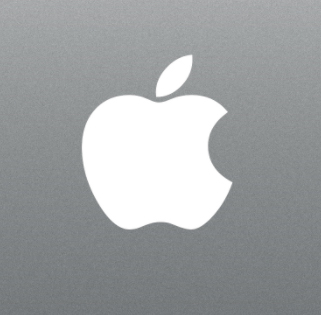
Apple rumors are perennially popular for two major reasons: First, the company’s actual announcements are so few and far between that only “what’s next?” speculation keeps its fans excited year-round. Second, the company is famously iterative, rarely entering a new product category without years of research and a multi-year “what’s next?” product pipeline in mind, constantly feeding the speculation.
If you follow the rumors, augmented reality hardware has been Apple’s next big thing for at least a couple of years. Following the release of ARKit software for developers, Apple CEO Tim Cook teased that Apple was working on something bigger, and this summer, a beta release of iOS 13 all but established that an Apple AR headset is headed to market. While it’s expected to be iPhone-dependent, no one’s quite sure how the headset will work, or what it will look like.
This week, hit-and-miss Taiwanese supply chain publication Digitimes reported that Apple is working with software and VR giant Valve on an AR headset.
While this is the same Digitimes that said Apple cancelled its own AR device earlier this year, the latest claim is that the companies are now collaborating on a design that will be “released in the second half of 2020 at the earliest,” with assembly to be handled by two Taiwanese contract manufacturers.
Given almost everything — Digitimes’ reputation, Apple’s do-it-ourself approach, and Valve’s own “we’ll do it on our timeline” track record — it would be easy to write this report off as fantasy, or more generously, as wishful thinking that will likely bear no fruit. Unsurprisingly, there’s been no confirmation from either Apple or Valve, and there may never be any.
However, something weird in the aforementioned beta release of iOS 13 lends credence to the report. Instead of finding references to a single AR headset in the beta, developers spotted codenames and specs for not just one but multiple AR headsets, each with significantly different display characteristics. They were all tied into a secret feature called “StarBoard,” or “stereo AR board,” which allows an iPhone with an A13-series chip to output stereoscopic 3D objects to an external display device.
In the apparent leadup to the release of an AR headset, Apple has researched and attempted to patent all sorts of high-performance AR headset display solutions, including components with retinal projectors and micro mirrors that will prove tricky to produce at scale. Considering all the publicly released patent applications together, it’s clear that there isn’t just one Apple vision for AR, but rather many variations on the theme, some of which would be much harder to make than others. Meanwhile, companies such as Nreal are months away from bringing viable Android phone-tethered headsets to market for around $500.
That’s one reason that working with a partner — or partners — could make sense. Apple might co-develop one headset with a gaming company such as Valve, while it works with an optical company or an athletic fashion company on another headset. Each company’s headset could be optimized for a different demographic, which might explain why the iOS 13.1 beta referenced “Luck,” “Franc,” and “Garta” headsets with 58, 61, and 68 degree diagonal fields of view, all larger than the displays in current AR glasses.
